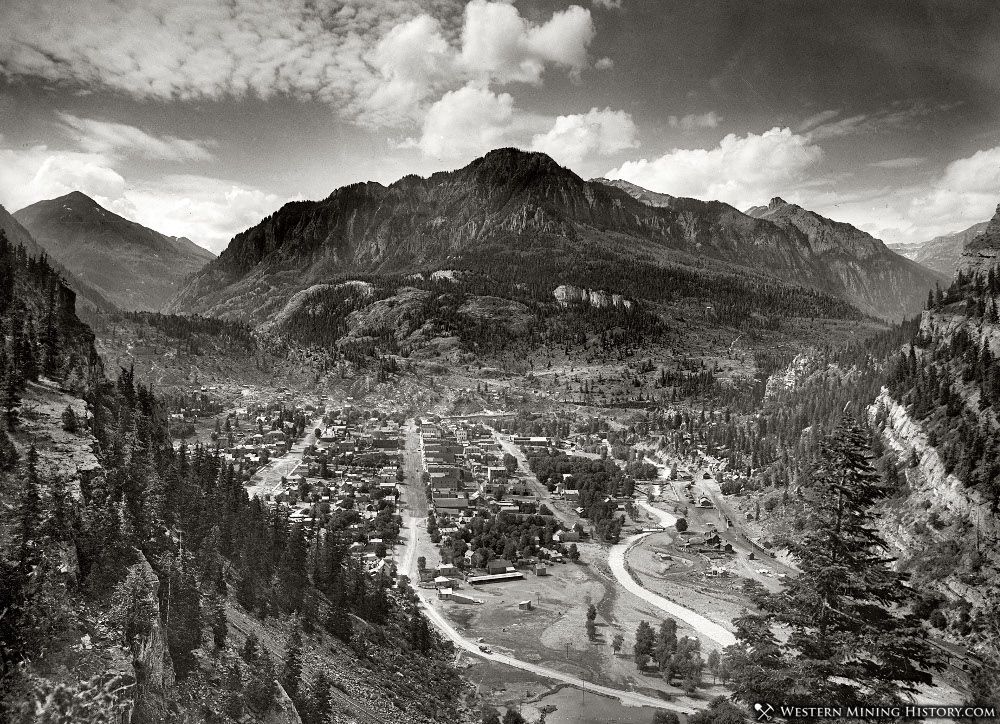Ouray History
Ouray, Colorado is widely regarded as one of America’s most beautiful towns. Although the town was built by mining, it was the spectacular beauty of the area that gave Ouray long life as a tourist destination.
After the silver crash of 1893, when many mining communities were destined to become ghost towns, C.L. Hall remarked “Ouray is Peerless. She will be famous as a mountain resort when many of the now famous watering places are abandoned and forgotten”.
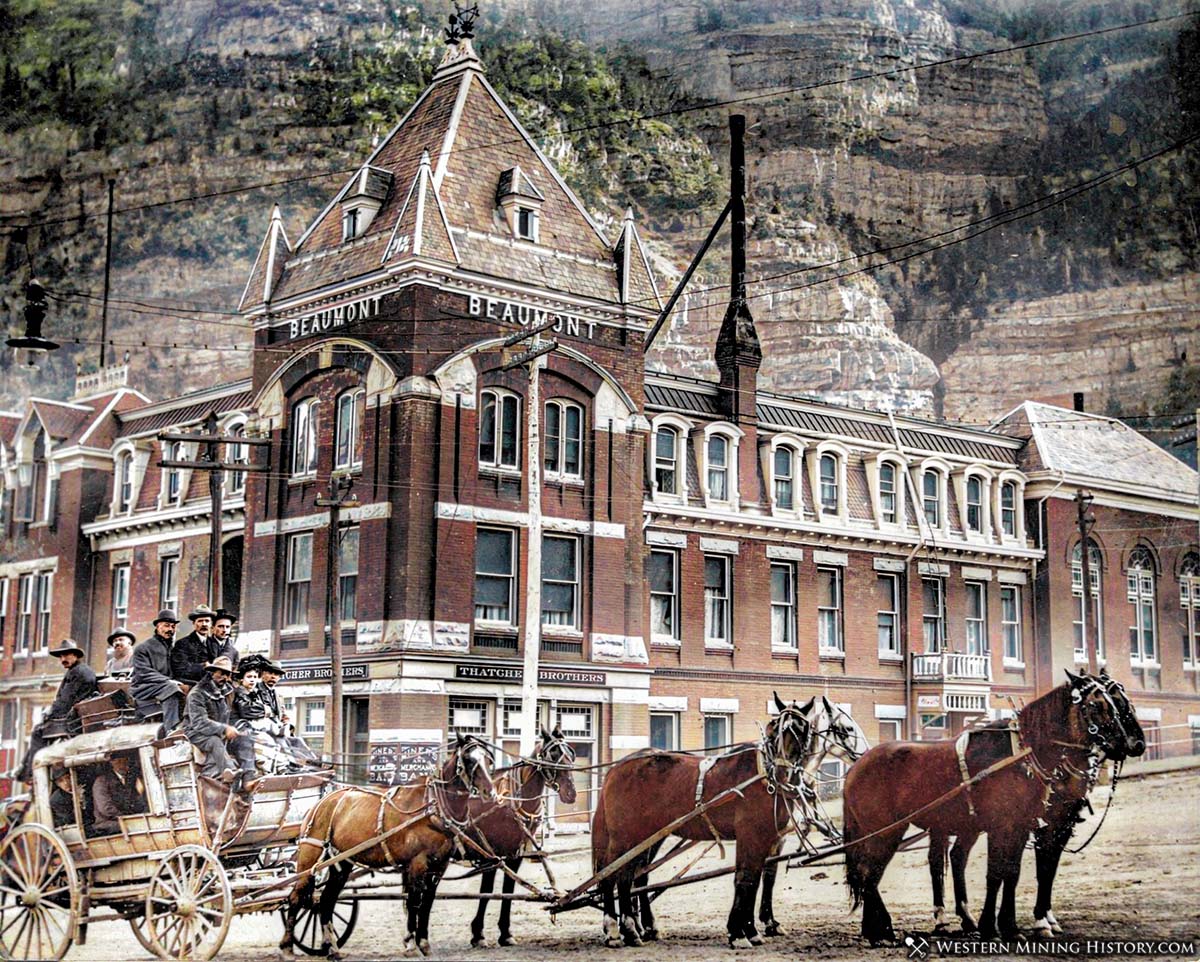
Early history of the Ouray area
For centuries, the Tabeguache Utes camped seasonally in the area that is now known as Ouray. Undoubtedly these nomadic people appreciated the natural beauty of the canyons, mountains, and waterfalls that make this spot so popular with tourists today.
The town of Ouray was named after Ute Chief Ouray, who worked for years to find peaceful resolution to the escalating conflicts that were occurring as more and more white people poured into the region in the 1860’s and 1870’s.
Prospector’s first arrived in the Ouray area in 1861. After discovering placer gold, some stayed the winter of 1861-62 in the canyon that would later be the site of the town of Ouray. It would be well over a decade however before the district would develop and the town established.
The isolation and ruggedness of the San Juan Mountains, combined with the ever-present danger of conflicts with the Ute tribes, resulted in the region being developed very slowly at first.
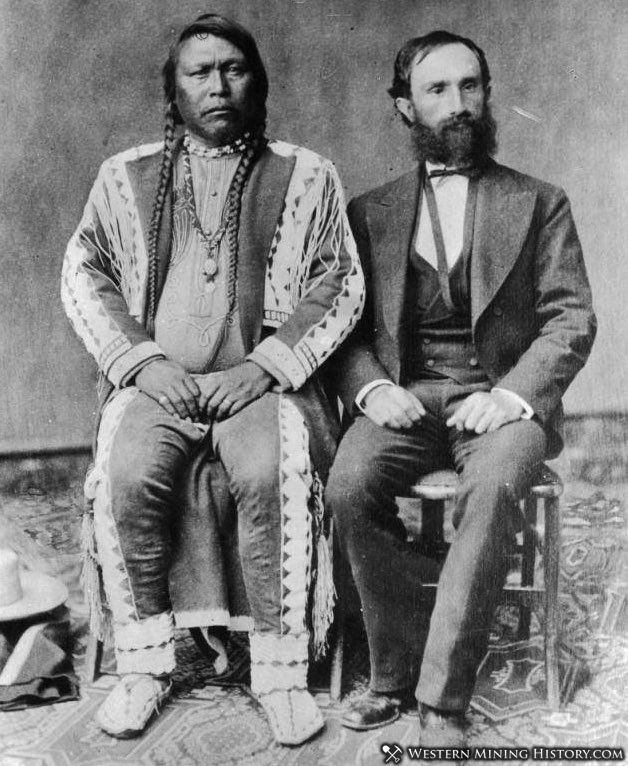
In 1873, under pressure from an ever-increasing number of white prospectors, the Utes agreed to cede the San Juans to the whites, and they would retain their lands in the valleys and plains to the west and north.
With the San Juans now officially open for business, prospectors poured in and infiltrated all parts of the difficult terrain.
Settlement of the Ouray town site
The first mines were discovered at the Ouray site in 1875, and an initial settlement and mining district named “Uncompahgre” were established. The box canyon at Ouray was deemed an ideal town site, being spectacularly beautiful, relatively flat, sheltered from the worst of the winter weather, and warmed by numerous hot springs.
The initial settlement was small and only a few men stayed for the winter of 1875-76. Transportation routes were not established at this time and the poorly-equipped miners almost starved before supplies arrived during the spring of 1876.
By early 1876, the town name was changed to Ouray and a permanent town started to take shape. Numerous businesses were started like hotels, stores, a blacksmith, and of course the center of every mining town - saloons. Many of these early businesses operated out of tents and log cabins and only lasted that first summer.
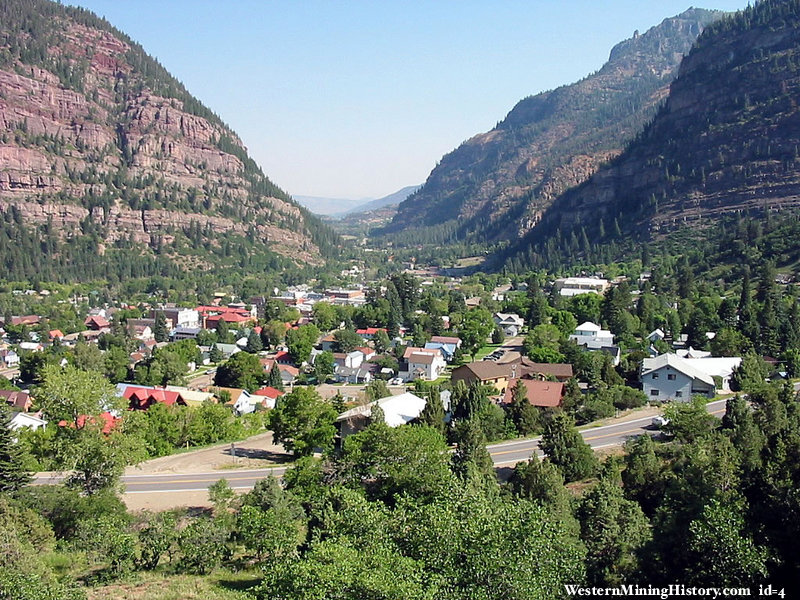
Ouray was incorporated in October of 1876. In January of 1877, Ouray County was carved out of existing San Juan County, and Ouray became the county seat.
Early in 1877 the population of Ouray was reported to be over 400 residents. The town contained over 200 structures including log cabins, two blacksmiths, a school, a post office, a bank, two hotels, and too many saloons to count. The first newspaper in town, the Ouray Times, was published in June of this year.
The population of Ouray had doubled to around 800 by early 1878. The 1880 census reported a population of 864. At this time the town boasted a water works, street lights, plank sidewalks, and graded roads.
Ouray in the 1880s
By the early 1880s, Ouray had established itself as the second most prominent town in the San Juan region, behind Silverton.
Ouray would become the supply, social, and cultural center of several rich mining districts at high-altitude and forbidding terrain above the town. Ouray’s position at the foot of the mountains made it much more suitable for habitation than the locations of most of the major mines.
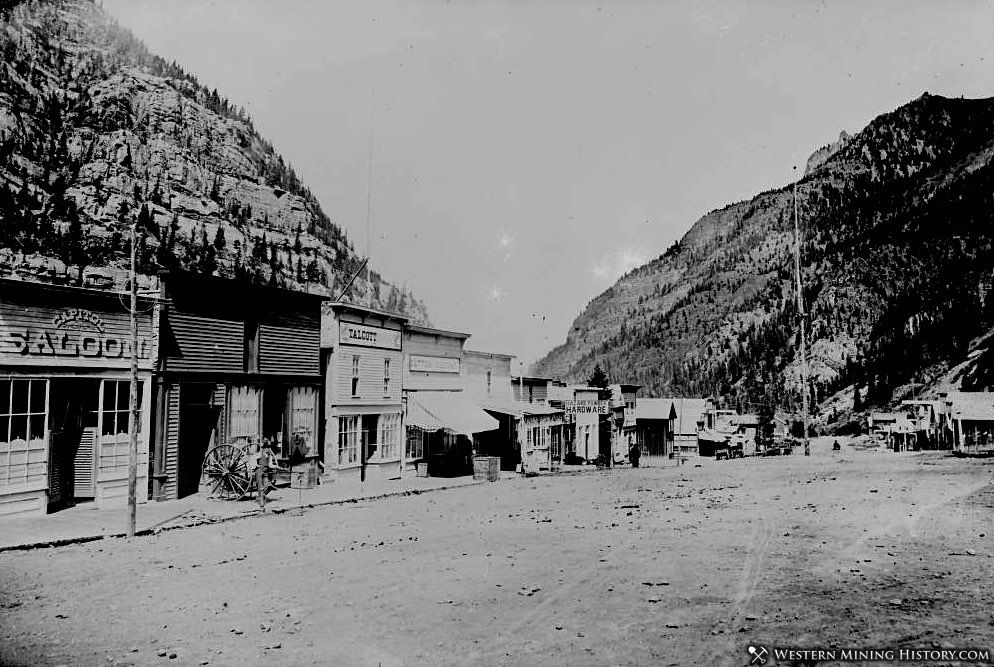
Rich silver discoveries at Red Mountain in 1882 would mark the first major rush to Ouray and the northern San Juans. The mines of the Red Mountain district were only out-produced by the spectacular Leadville mines during this decade.
Ouray has many historic buildings remaining from the 1880s, largely due to early efforts to avoid catastrophic fires in the town. Fire resistant brick construction became prevalent during this decade and the first volunteer fire department was created in the early 1880s.
Ouray was electrified in 1885, a very early year for electrification in the frontier West. The mines and towns of the San Juan region were early pioneers in implementing electrical infrastructure.
The Denver & Rio Grande Western Railroad reached Ouray in December of 1887, marking a new era of prosperity for the town. By 1890, Ouray had over 2,500 residents.
Ouray and the silver crash of the 1890s
Like many prosperous mining cities in Colorado, Ouray hit hard times after the repeal of the Sherman Silver Purchase Act in 1893. Prominent businesses closed after 1893, including the Bank of Ouray. Many men were out of work as many of the local silver mines halted production.
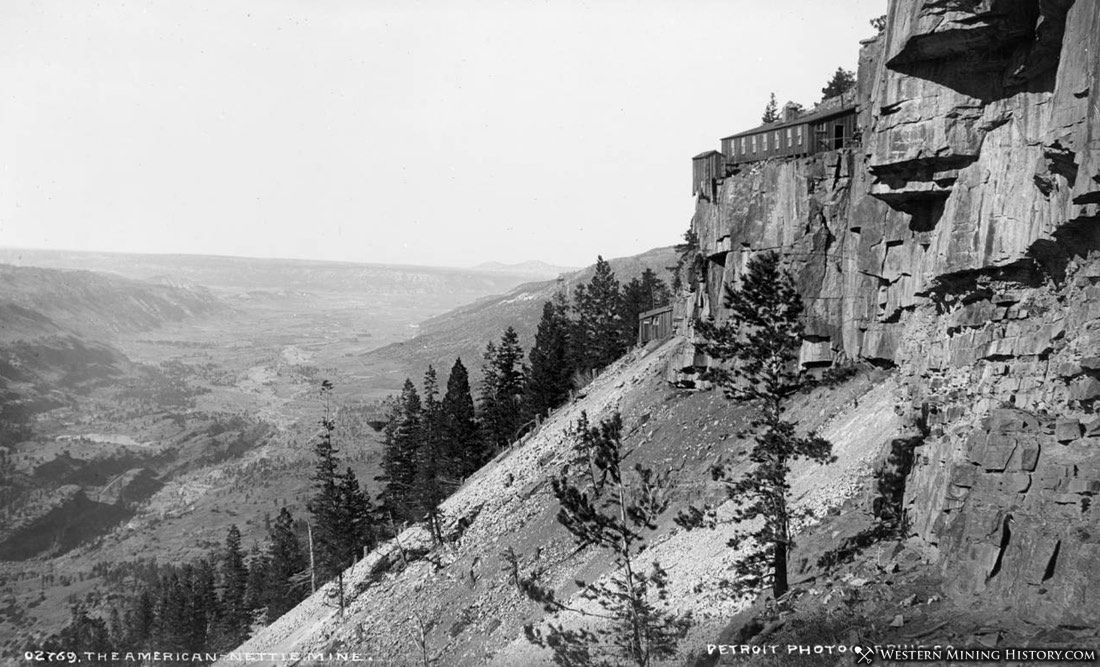
Ouray would survive this crisis largely due to the discovery of rich gold mines northeast of town in an area that became known as the “Gold Belt”. Notable producers were the American Nettie, Bachelor, and Wedge mines.
Ouray began to recover by 1895 based on activity at the Gold Belt mines, and the fact that many silver mines in nearby districts had some gold content, helping them operate profitably even when silver prices were low.
It also helped that two of the richest mines in the West were nearby: the Revenue and Camp Bird. These mines employed hundreds of men each, and kept Ouray humming as a supply center and rail hub for the mountain operations.
By 1900, Ouray’s population had been reduced to 2,196 residents. While this figure reflected some of the economic hard times related to the decline in the silver industry, the reduction in population was far less than seen in mining towns of other districts.
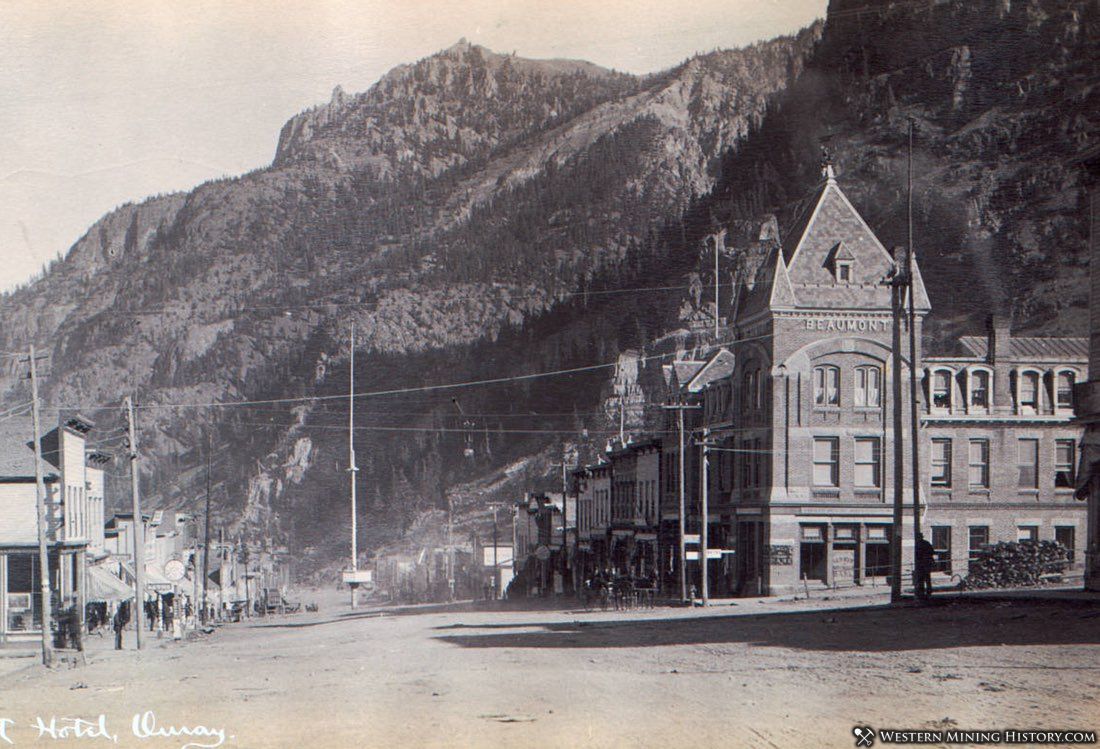
Early newspaper articles capture notable events around Ouray
Most descriptions of the history of Ouray describe a town that was the center of mining and society in an area of vast mineral wealth. It is easy to forget that the town was still part of the Wild West, and was sometimes subject to the same lawlessness that impacted many frontier towns.
The following historic newspaper articles describe some of the criminal activity that went on in and around early Ouray.
June 25, 1897 A MOST DARING ROBBERY
Ora Jones and an unknown companion entered Chase’s saloon today and after drinking leveled the guns at the customers, picked up sacks containing five hundred dollars, and escaped on horses.
October 3, 1899 - A STAGE STOPPED - ROBBERS OVERLOOKED A BOX FILLED WITH BULLION
Two masked men stopped the Sneffels' stage one mile this side of the Camp Bird mills, eight miles from Ouray this afternoon. They were after the daily shipment of gold bullion from the Camp Bird mine, and unloaded the mail and baggage looking for it. However, they overlooked the box containing $12,000 worth of gold, representing two days' production of the mine.
The mails were left untouched and the passengers were not molested. Sheriff Edgar was notified, and, with a posse, overtook the holdups near Yankee Boy basin. After a brisk exchange of shots the officers retired to secure reinforcements. Several other parties are in pursuit.
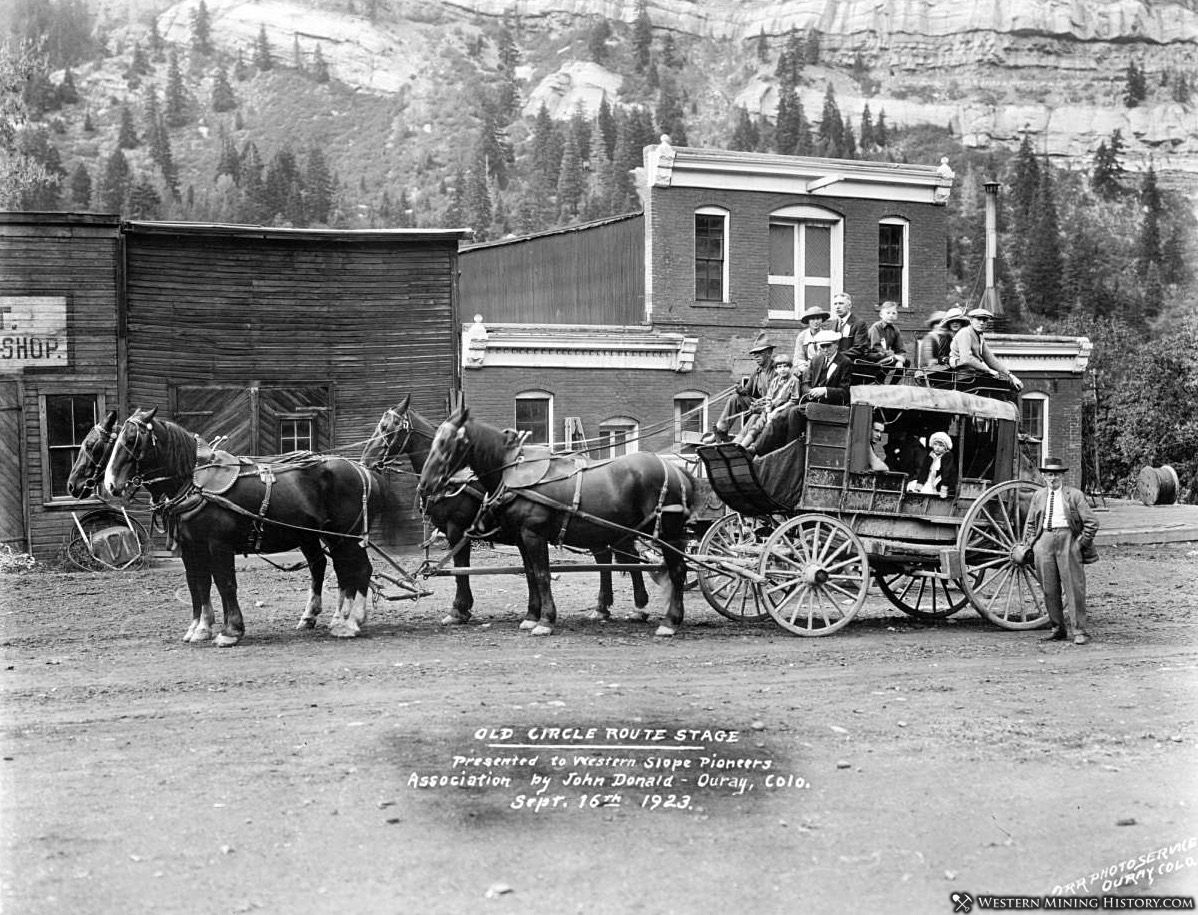
July 30, 1910 - FINANCIER WITH REVOLVER ROUTS STAGE ROBBERS
An attempt to hold up a stage coach of eight easterners was frustrated last night by the coolness and nerve of Samuel McCurdy of Pittsburg, a retired financier, who opened fire with an automatic pistol.
The party was returning from an outing in the mountains in an old-fashioned stage coach driven by A.L. Stewart, a veteran stage driver, when two bandits stepped into the road and ordered Stewart to stop.
February 27, 1921 - ANGRY MINERS TRY TO LYNCH MURDERER
A mob of more than 200 miners smashed down the door to the Ouray county jail at Ouray, Coloroado, last night and Invaded the jail in an attempt to lynch Billy Nagle, a miner, who had confessed, according to the sheriff, that he had killed Fred Jacobs, superintendent of the White Cloud mine at Ironton and Hindmarch Hill.
Nogle had been removed from the jail by Sheriff Roy Laird a short time before, smuggled through a coal chute, and brought to Montrose in an automobile.
Ouray in the new century
Ouray entered the 1900’s slightly diminished from its peak in the early 1890s, but still a thriving mining camp. The town had also made a name for itself as a tourist center with its hot springs and spectacular mountain setting.
The Camp Bird and Revenue mines continued to be major contributors to Ouray’s economy. The road from Ouray to these mines was packed daily with more than a hundred of wagons and pack trains hauling ore concentrates down the mountain, and provisions and equipment up to the mines.
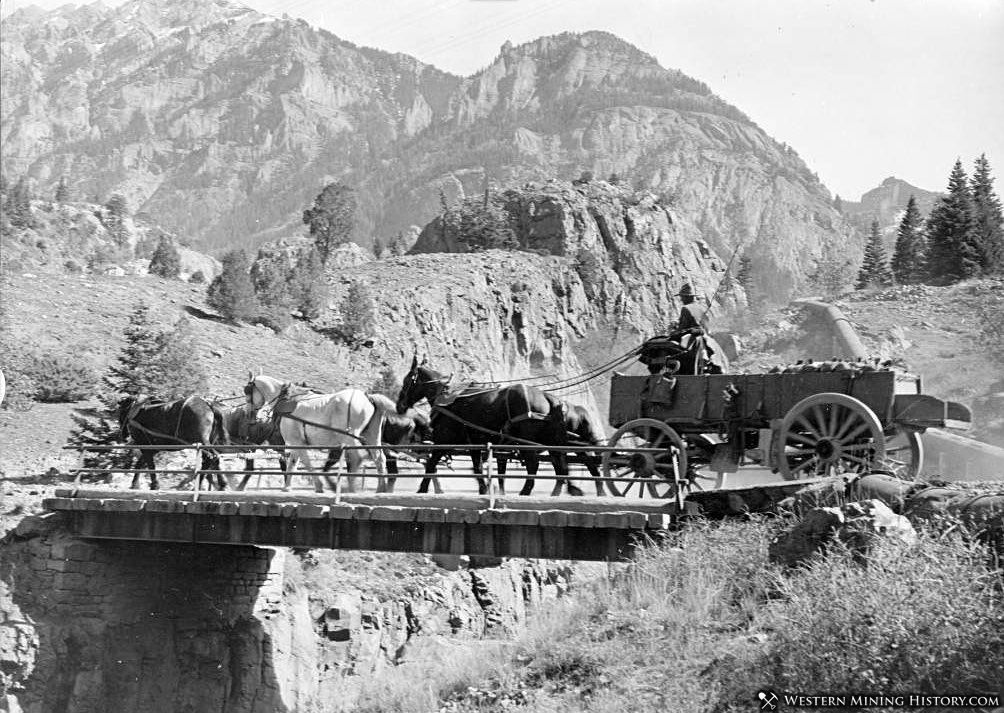
These mines became world famous, and each summer thousands of tourists walked or rode up the steep mountain road to witness the fantastic operations first hand.
Thomas Walsh, owner of the Camp Bird mine and one of the West’s wealthiest and most respected businessmen, lived in Ouray for several years. Walsh was a generous contributor to the community and in 1901-02 he donated over $30,000 for the construction of the new City Hall and Library building.
Ultimately falling metal prices and worked out mines finally began to catch up with the city of Ouray. The population in 1920 had fallen to 1,165 residents, down more than half from the town’s peak years.
The Million Dollar Highway
The “Million Dollar Highway” is the name commonly used for the stretch of Highway 550 from Ouray to Silverton. The highway originated as the Otto Mears toll road that was built in 1883 to link Ouray with the Red Mountain Mining District.
The route of Mears’ road was originally thought to be impassible, and initial construction in 1883 was a marvel of guts and ingenuity.
The road was precarious, narrow, and carved out of steep cliffs of solid rock with drops of hundreds of feet often just inches from the wheels of the crude wagons and stagecoaches that traveled the route.
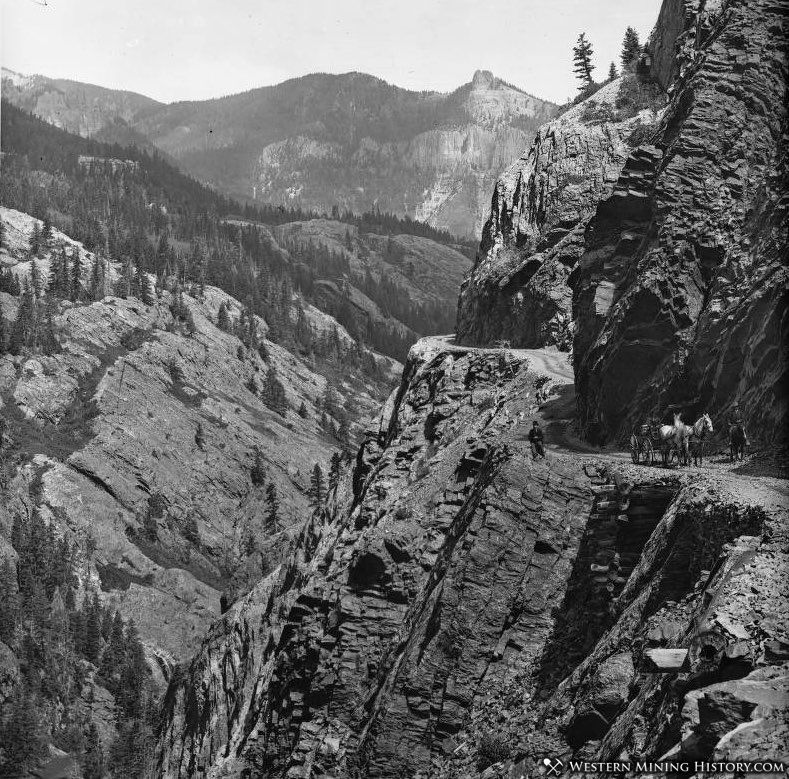
Despite the obvious dangers, Mears’ toll road was popular with adventurous tourists all the way back to the 1880s. Numerous photos were taken from the period of wagons perched on the edge of a high cliff or navigating steep switchbacks. Many of these photos have been preserved and provide a glimpse into the stunning landscapes of the original road.
The 1916 passage of the “Good Roads Bill” provided funds that were used to improve roads throughout America. Starting in 1921, these funds were used to upgrade Mears’ toll road to a highway that could accommodate automobiles.
Although the origin of the name “Million Dollar Highway” is not known, it is believed to be related to the high cost of construction of the road in the 1920s.
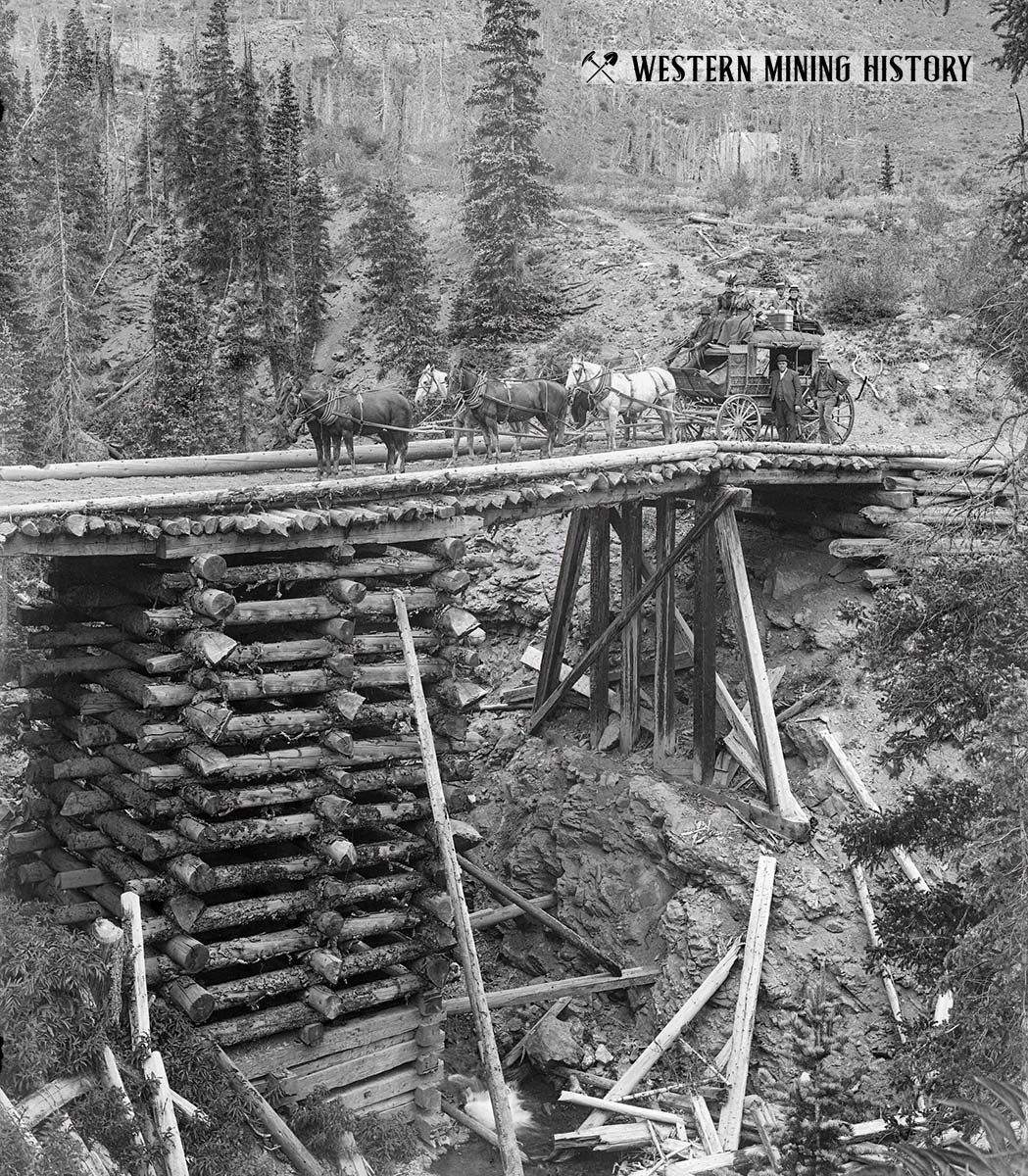
With upgraded roads, Ouray became a popular destination for auto tourists who came to enjoy the hot springs and scenic beauty the town had to offer, and to drive America’s most spectacular road.
Transition to a tourist economy
Ouray already had a steady tourist economy throughout its history, but the downturn in mining by 1920 necessitated additional diversification of the local economy if the town was going to survive.
Starting in 1923, citizens of Ouray began contributing funds for the construction of a large municipal pool, part of an effort to turn the town into a tourist resort. Construction of the 150 by 280 foot pool was completed a couple years later, but difficulties were encountered finding a source for the million gallons of hot water needed to fill the pool.
After construction of a mile-long pipeline from the hot springs in Box Canyon, the pool was finally opened late in 1927. The hot spring-fed pool was very popular and helped Ouray survive through the Depression years.
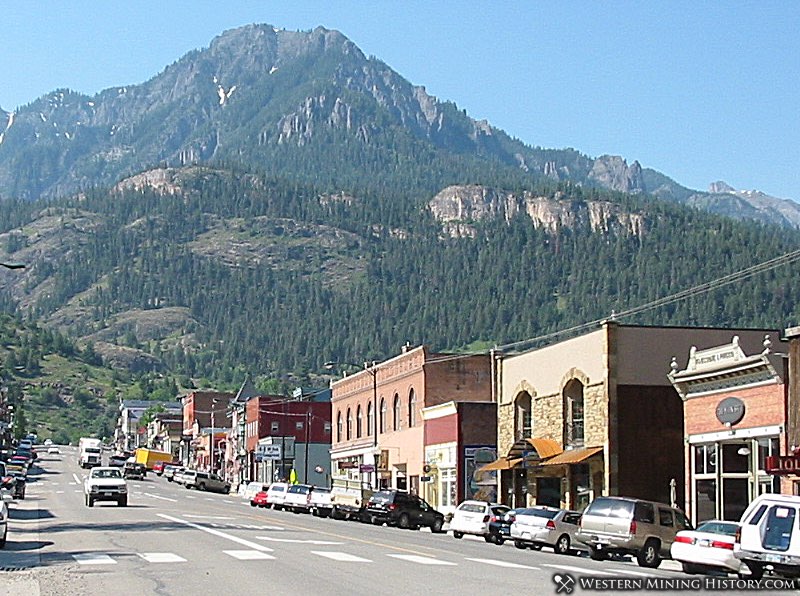
The city advertised the pool as the “most radioactive in America”, for at the time it was thought that radioactivity was beneficial to health. The claim was exaggerated, which was probably a good thing as a radioactive bath would not have been the experience that most tourists were hoping for.
World War II would bring mining back to the districts around Ouray, with the Revenue, Camp Bird, and Idarado being big producers during this time. The Idarado operated into the late 1970s, and the Camp Bird into the early 1990s.
The closure of these mines spelled the end of Ouray’s mining economy, but fortunately tourism had become a major industry that continued to support the town into the 2000s.
Today, Ouray is known as “The Switzerland of America” and is one Colorado’s most popular tourist destinations.
For those interested in history, mining relics and ruins can be found throughout the region. The Alpine Loop is America’s most popular backcountry 4x4 area and is one of the best places in the country to tour historic mining districts.
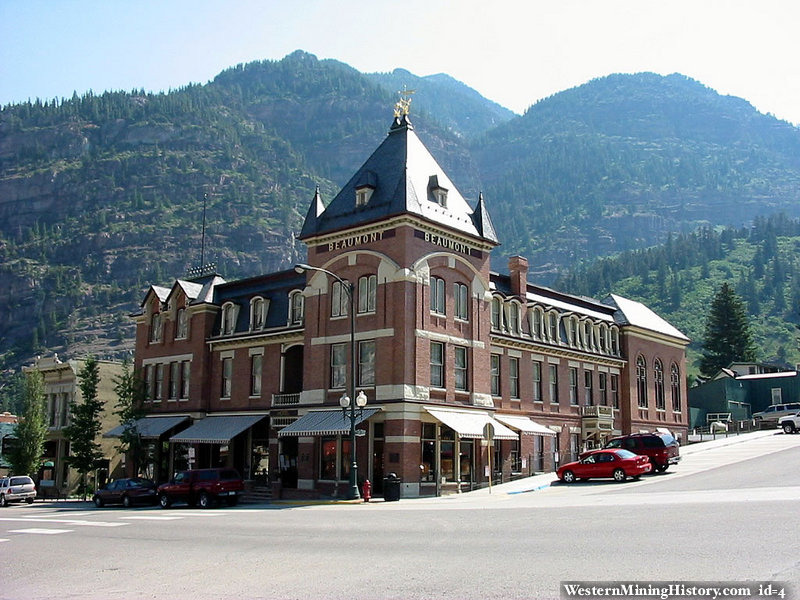
Many of Ouray’s remaining historic buildings were built during the 1880s and 1890s, including the Beaumont Hotel, Wright’s Opera House, the County Courthouse, the Western Hotel, and the St. Elmo Hotel.
Ouray is one of the West’s best preserved mining towns from the late 1800s. It also happens to be one of the most spectacularly beautiful destinations anywhere in America. Hundreds of thousands of tourists visit “The Switzerland of America” each year.
The Bachelor Syracuse Mine Tour
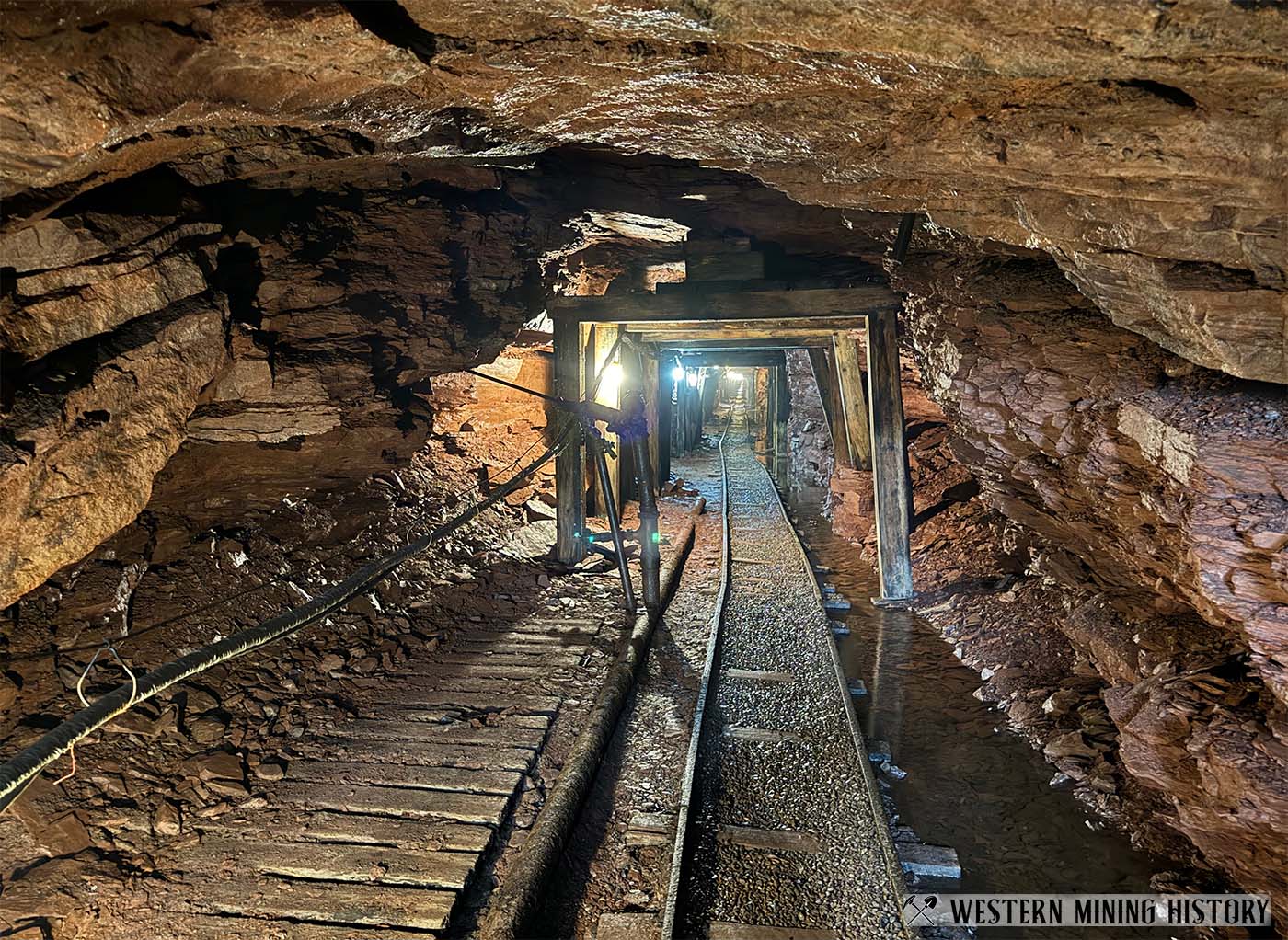
The Bachelor Mine was one of Ouray's leading mines for nearly a century. Today, the Syracuse Tunnel, part of the Bachelor operation, hosts underground tours, offering a unique and immersive experience for visitors. Continue Reading
A Tour of Colorado Mining Towns
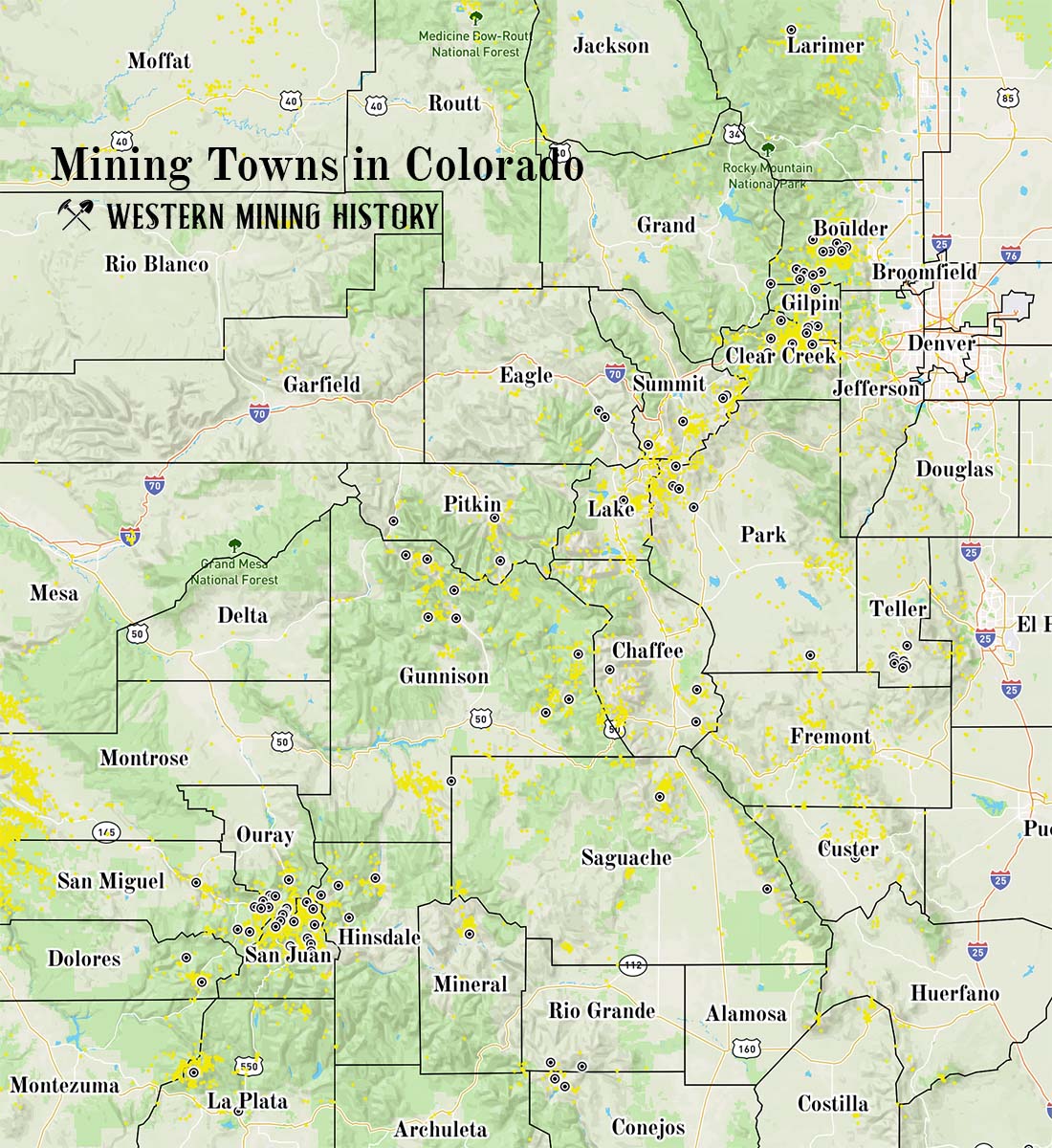
Explore over 100 Colorado mining towns: A tour of Colorado Mining Towns.
Colorado Mining Photos
More of Colorado's best historic mining photos: Incredible Photos of Colorado Mining Scenes.
